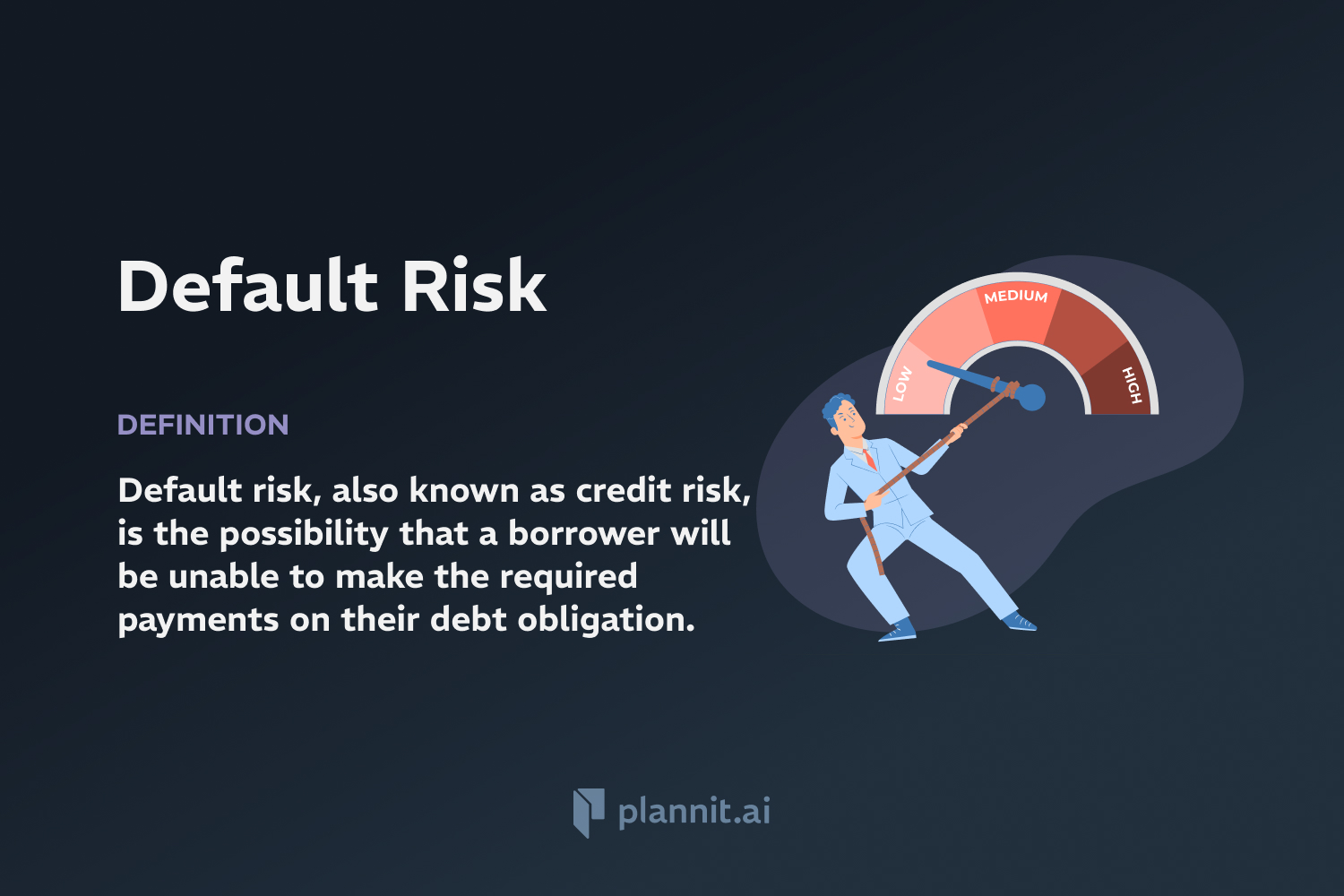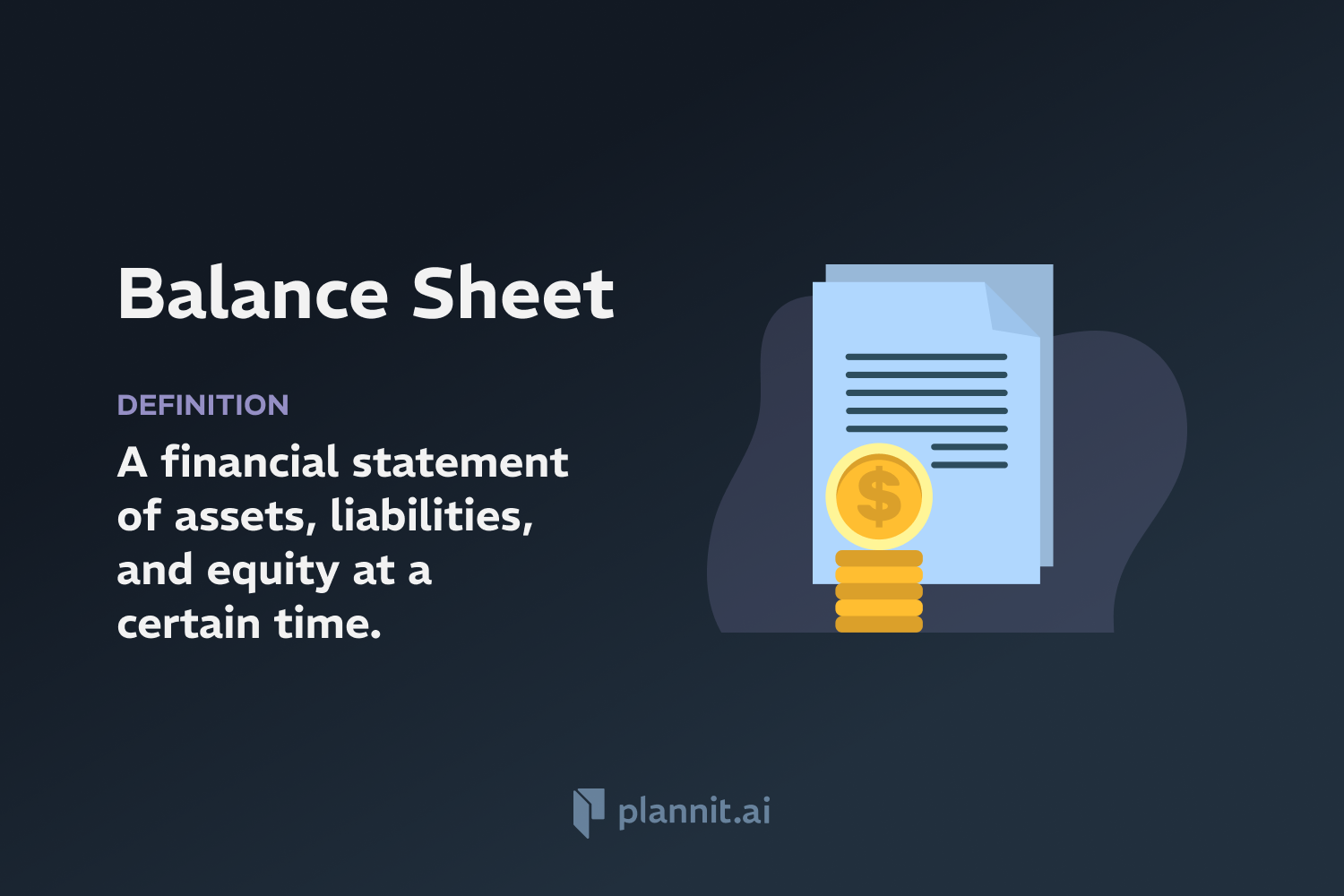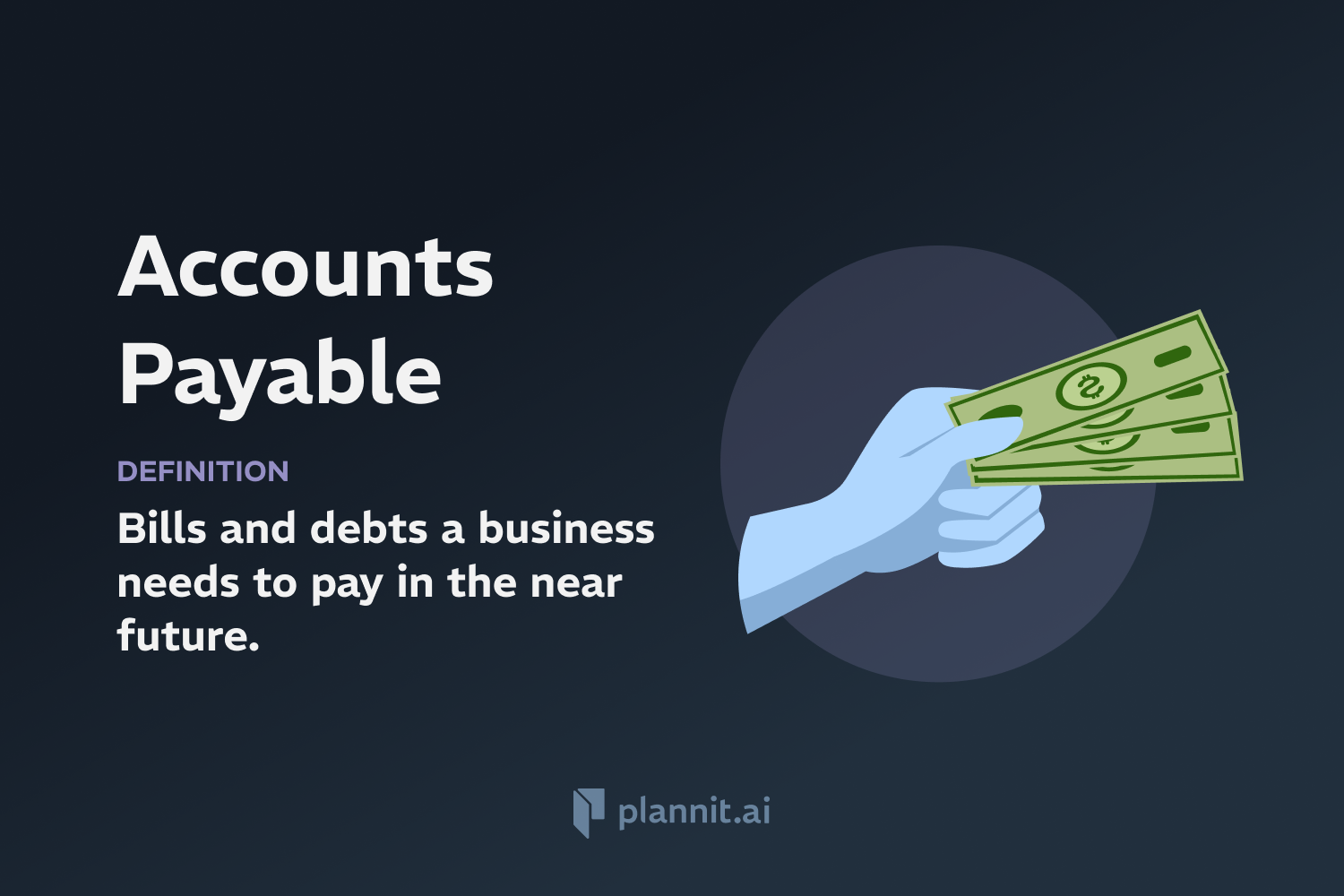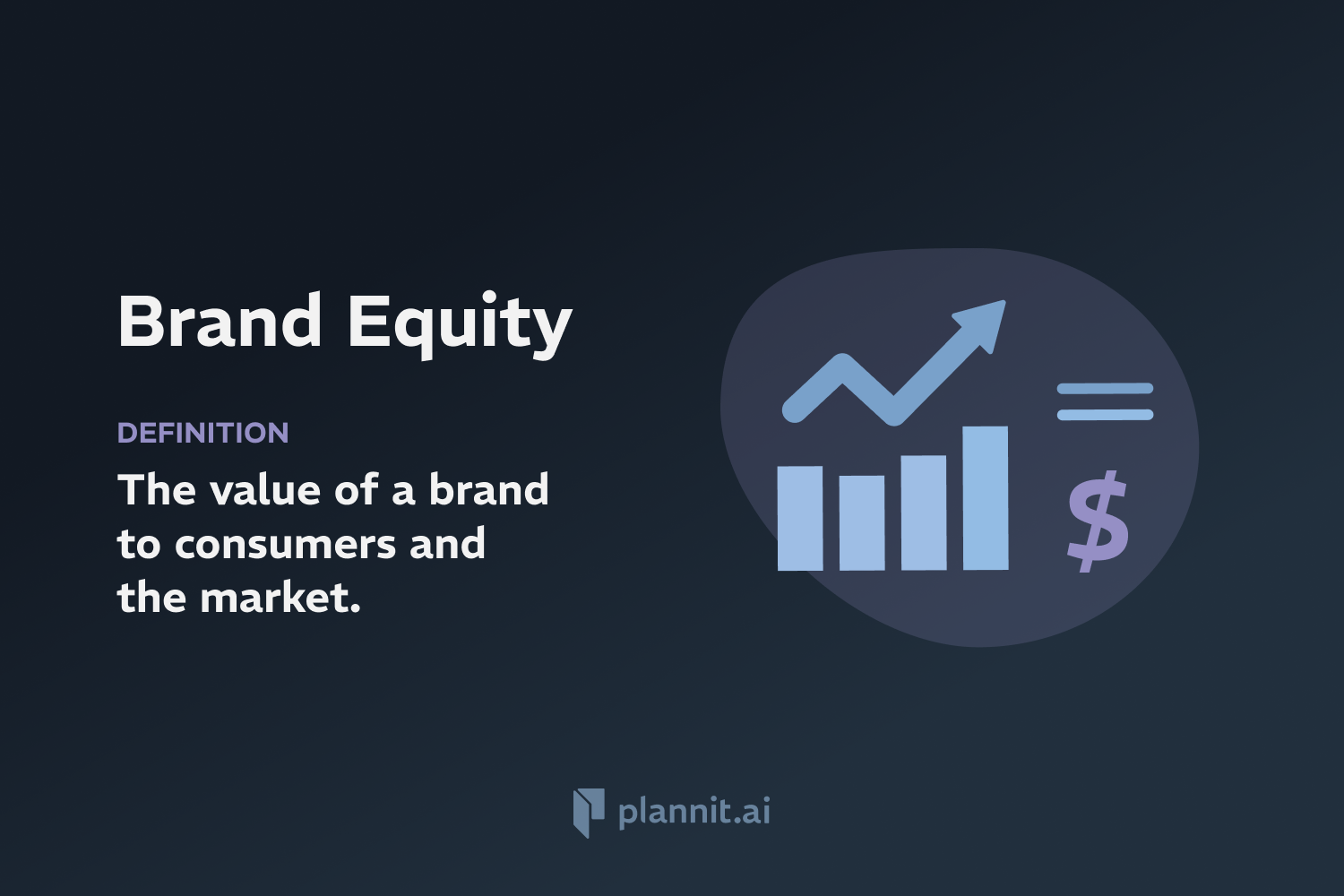Need Help With Your Business Plan?
Answer tailored questions and get a detailed business plan in minutes.
Default Risk: Definition & In-Depth Explanation

Default risk, also known as credit risk, is the possibility that a borrower will fail to meet the obligations of a debt according to the agreed terms. This risk is a significant concern in financial markets, impacting lenders, investors, and credit agencies. It is primarily associated with loans, bonds, and other forms of credit.
Purpose:
The purpose of assessing default risk is to understand and manage the potential losses that lenders or investors might incur if a borrower fails to make required payments. Evaluating default risk helps in setting interest rates that are commensurate with the risk level, deciding credit limits, and in the development of risk mitigation strategies.
Example:
When a bank considers giving a mortgage to an individual, it will assess the borrower's credit score, employment history, income stability, and current debt levels to estimate the likelihood of default. If the default risk is considered too high, the bank may refuse the loan or may charge a higher interest rate to mitigate the risk.
Related Terms:
Credit Score: A numerical expression based on a level analysis of a person's credit files, representing the creditworthiness of an individual.
Risk Premium: The additional return above the risk-free rate that an investor requires for investing in a risky asset.
Credit Analysis: The process by which one calculates the creditworthiness of businesses or individuals.
Bond Rating: A grade given to bonds that indicates their credit quality, as determined by private independent rating services like Moody’s or Standard & Poor’s.
FAQs:
How is default risk measured?
Default risk is typically measured using credit scoring models that incorporate factors such as credit history, current debt levels, repayment history, and economic conditions.
What impact does default risk have on interest rates?
Higher default risk generally leads to higher interest rates for borrowers as lenders need to compensate for the increased risk of potential loss.
Can default risk be mitigated?
Yes, lenders mitigate default risk through practices such as requiring collateral, securing personal guarantees, enhancing loan covenants, and diversifying their loan portfolios.
What are the consequences of defaulting on a loan?
Defaulting on a loan can lead to legal action, loss of collateral, damaged credit ratings for the borrower, and significant financial losses for the lender.
Does default risk only apply to individuals?
No, default risk applies to any entity that borrows, including individuals, corporations, and governments.
Get funding with a business plan that will impress investors.
Starting a New Business?



